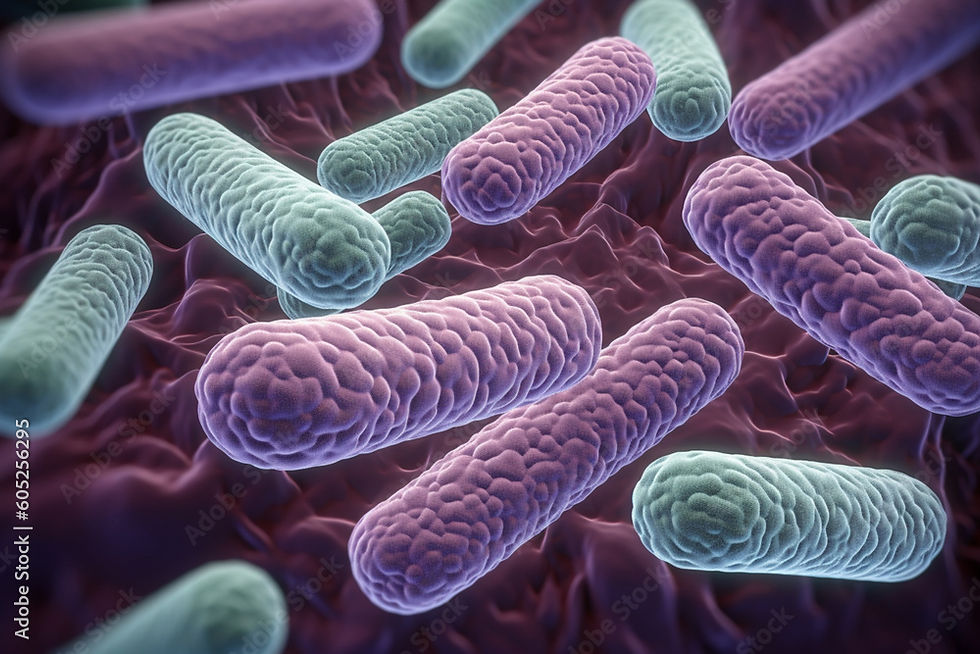Can I use raw milk when making yogurt and kefir?
- NPSelection

- Mar 20, 2022
- 3 min read
Raw milk is surrounded by myths and many people are confused about whether they can use it for making yogurt and kefir.
The answer, based on the facts, is simple – Raw milk is dangerous to people when milked from sick cows which can transfer dangerous pathogens like E. coli, bovine, tuberculosis brucellosis, and many others. The danger is particularly high for people with weak immune systems, children, elderly or pregnant women.
But how do I know if the milk comes from sick cows or not – well this is the thing, you will not know for sure if the testing of milk has not been performed just before consumption, because the raw milk could also easily become contaminated from bacteria after production, for example, transportation or storage.
In fact, many farms located in countries where raw milk is allowed need to be licensed to sell raw milk and they are under heavy regulation and restrictions in some cases, which include increased sanitary requirements, frequent testing, warnings on the milk bottles, and although this minimizes the risk, there are still outbreaks induced by the consumption of raw milk and products made from raw milk still occurs.
A 2019 Public Health England review found raw milk to be responsible for 26 outbreaks of intestinal infectious disease in England and Wales between 1992 and 2017. These involved 343 people and resulted in 41 hospitalisations. There were no outbreaks between 2003 and 2013, but seven occurred between 2014 and 2017.
Pasteurised milk was the cause of 12 outbreaks during the same 25-year timeframe: 10 due to pasteurisation failures and two to post-pasteurisation contamination. In simple terms, this means that the risk of food poisoning caused by consumption of raw milk is more than 100% and this is in a country where the raw milk industry is heavily regulated.
But shall I make yogurt and kefir at home with raw milk if I got it from a licensed farmer?
You can use raw milk from licenced farmers, but you need to boil it before use.
This is because the bacteria present in the milk, even when not dangerous to people, will contaminate the mix and this will result in low-quality yogurt and kefir, fewer recultivations in the long term or even spoilage.
Some people believe that boiling the milk will reduce some nutrients, but based on scientific research, the milk contains very low amounts of heat-sensitive nutrients and pasteurization on milk's nutritive value was minimal because many of these vitamins are naturally found in relatively low levels in raw milk.
Please do not forget that a good probiotic yogurt and kefir bacteria and yeast also synthesize vitamins during fermentation and improve nutrient absorption, as the main requirement is to protect them from contamination with bad bacteria that can be present in the raw milk.
Finally, there are studies conducted in rural areas of Austria, Germany, and Switzerland that suggest drinking raw milk can reduce the symptoms of asthma, atopic symptoms, and hay fever in children; however, these are not yet conclusive and that the farm life, exposure to all kind of germs in the ecologically preserved areas combined with high regulatory standards could be the main reason for the low rate of such symptoms.
For more info click on the links below:
2. Gastrointestinal infections caused by consumption of raw drinking milk in England & Wales, 1992–2017







































Comments